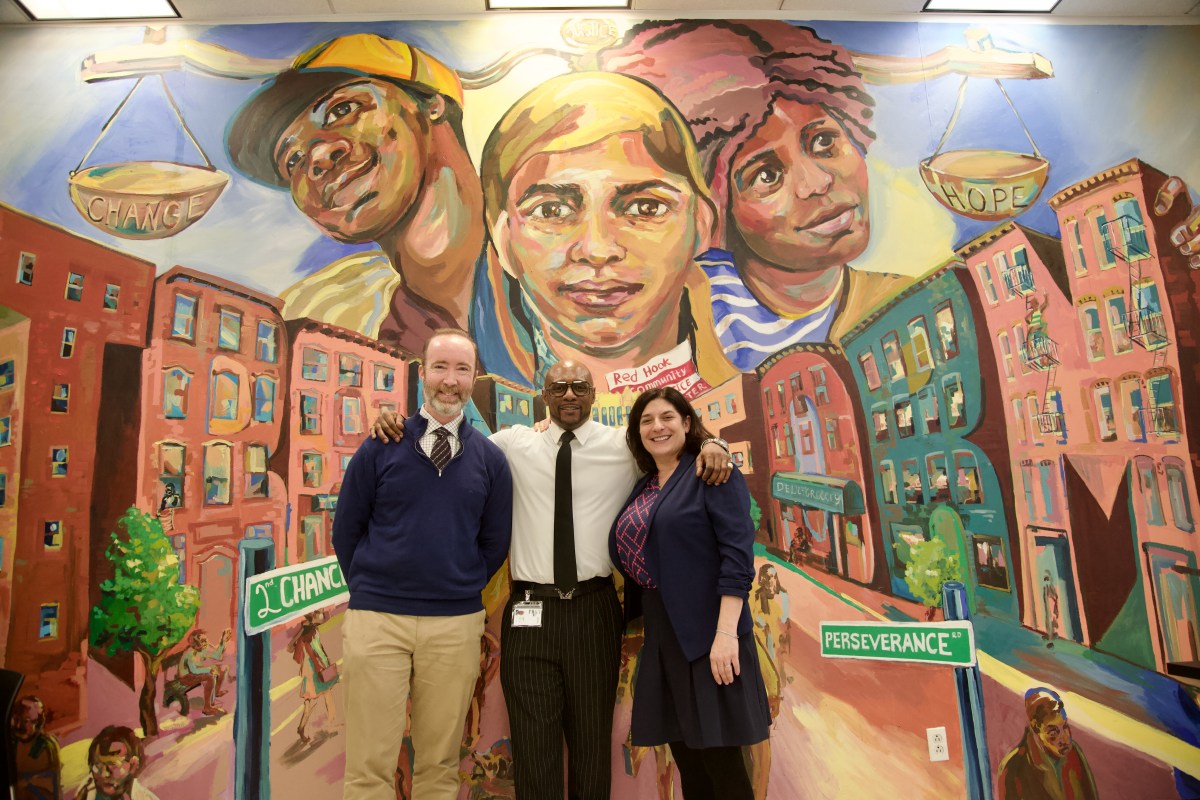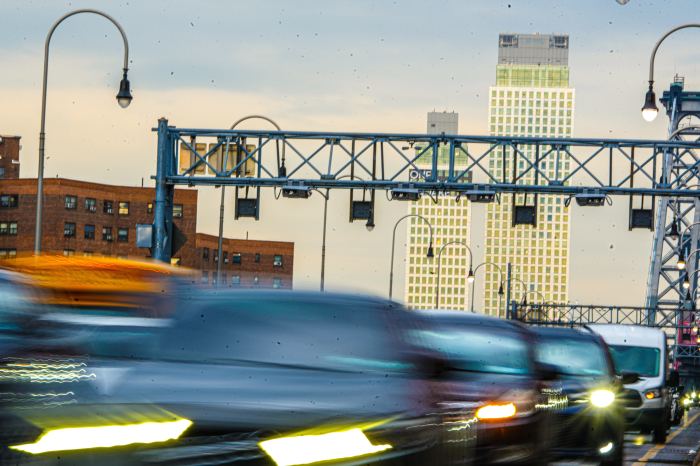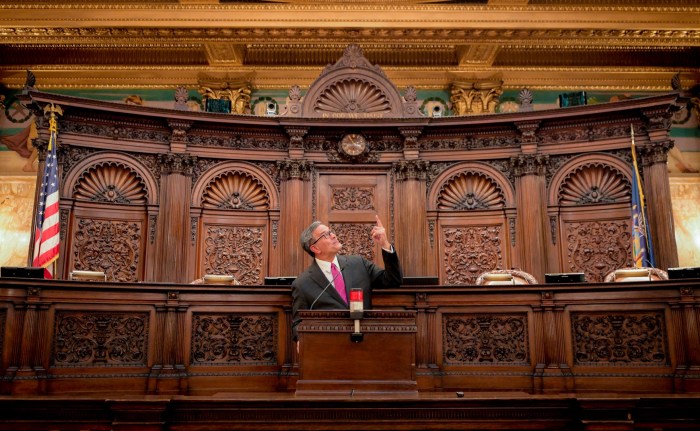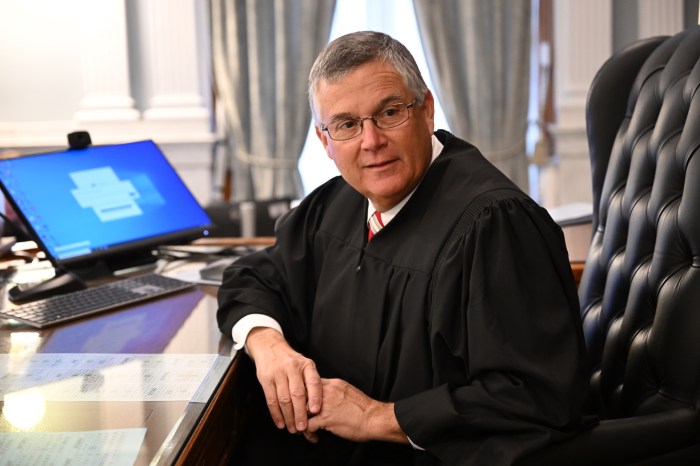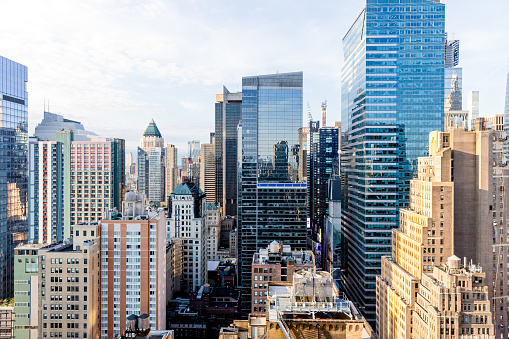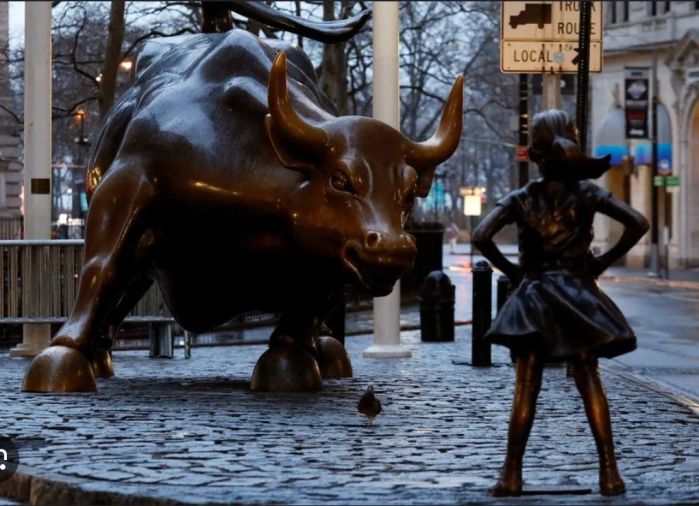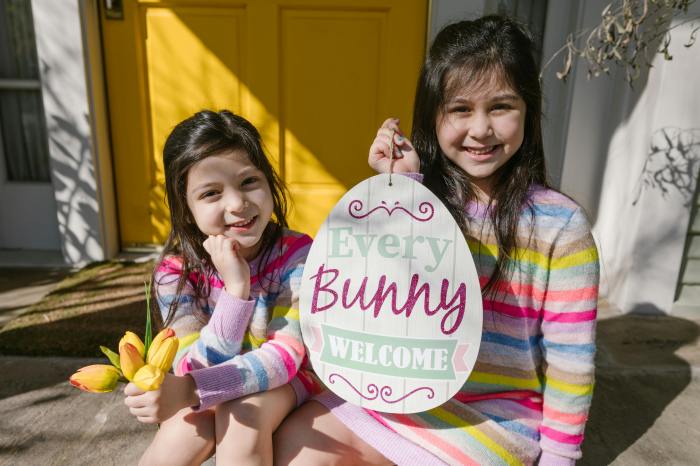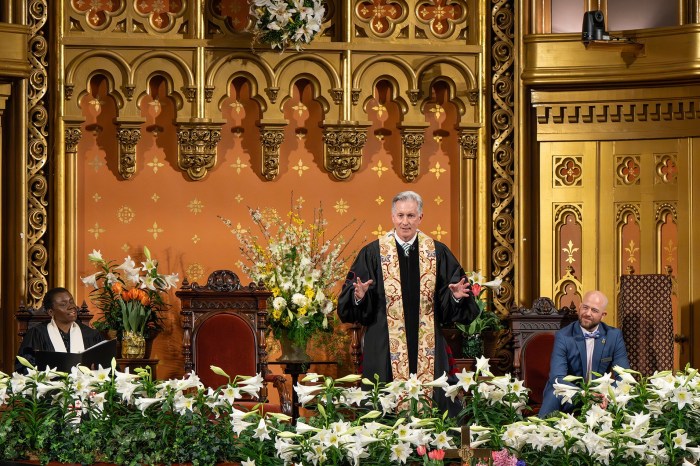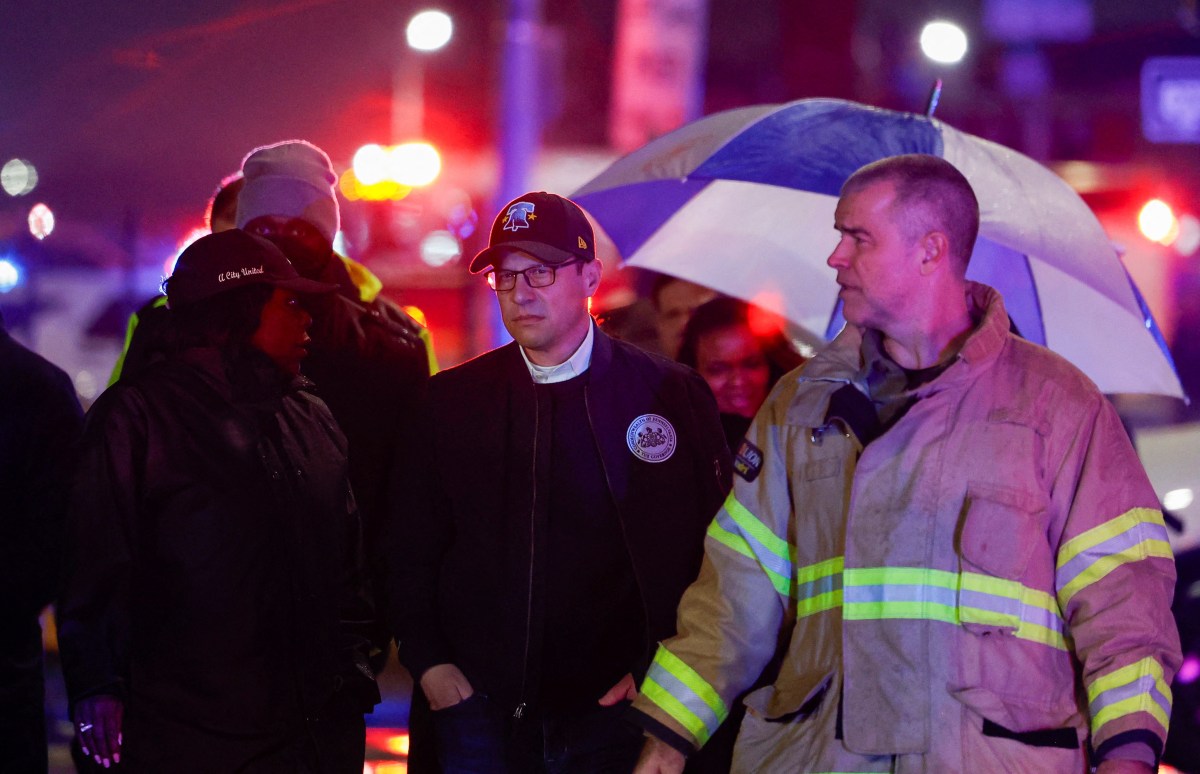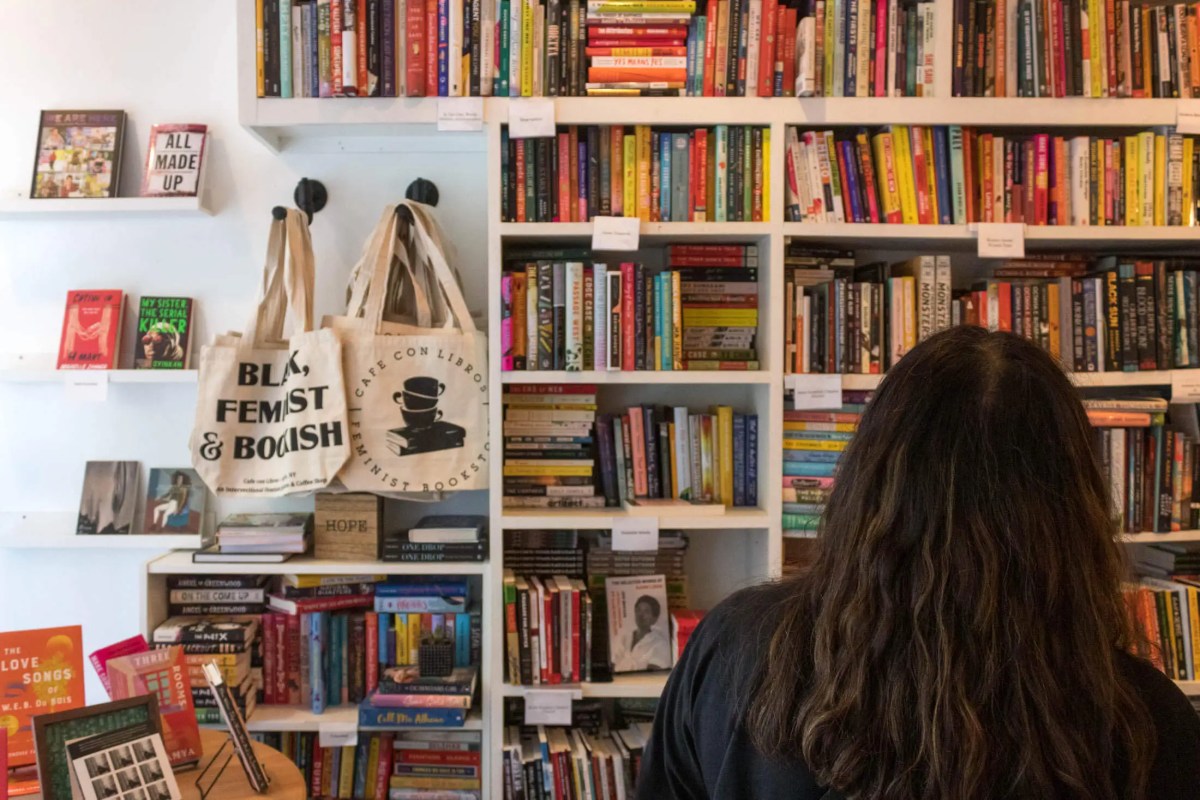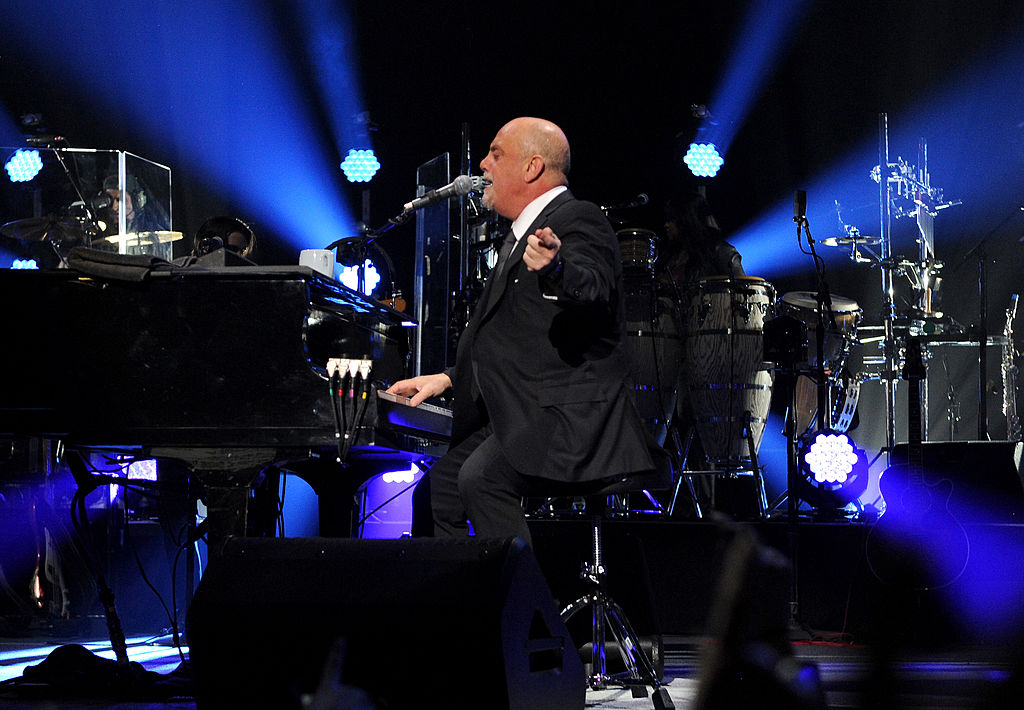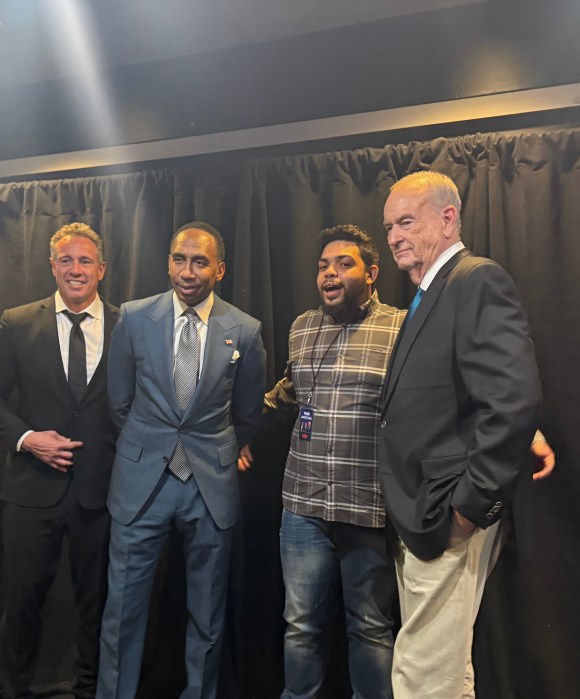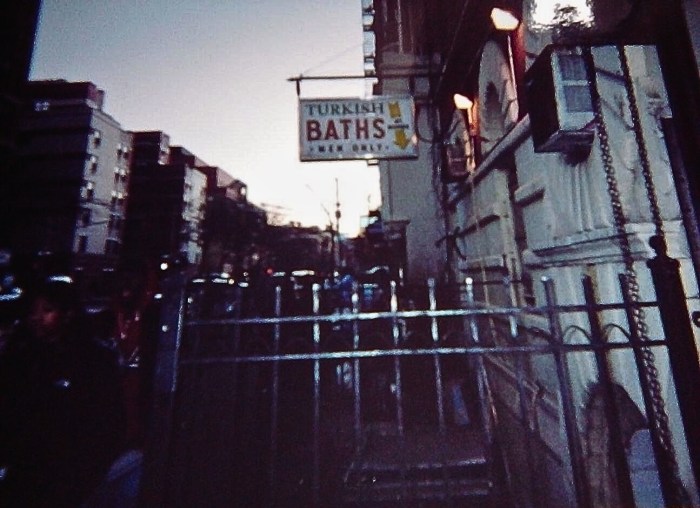When defendants and community residents graduate from the Red Hook Community Justice Center’s GED classes, they are rewarded with an unusual combination of sights and sounds — they’re showered with applause as a judge passes them their diploma.
“You gotta imagine how the participant felt like, ‘Wow, look at this man — this judge — is handing me the diploma,’” said the center’s project director Thaddeus Canty.
The Red Hook Community Justice Center is a courthouse, but it’s just as much a hub for community services. The Center’s restorative approach to justice uses social service sentences for low-level crimes. In the justice center court, virtually no defendants receive jail time at arraignment. If it is meted out, it’s something that’s reserved as a last resort for those who are noncompliant with their mandated programming.
The draw to the model is that it packs many services in a one-stop shop, which is designed to make it easier for litigants to follow through with mandated services. And it’s had measurable success, according to federal studies.
The center is also a destination that Chief Judge Rowan Wilson has zeroed in on as a model for expanding community courts across the system. Its goals parallel his administration’s aim to reduce time served in jail and build community trust in the judiciary.
“The criminal justice center is asking a different question. Not whether it’s a moral question of are they guilty or innocent, or did they do, regardless of morals, whatever it is they’re accused of doing? The question is what do they need?” said Justice Devon Robinson, the sole judge of the community court who has been working as presiding justice at the center since January.
The tools at Robinson’s disposal include community service projects, psychological counseling, mental health treatment, drug treatment and connections to other neighborhood-based services. Beyond the courtroom on the first floor, the three-floor building, which was built in what was a vacant Catholic school, packs in a host of unconventional programs that work to improve both public safety and trust in justice.
Its classrooms house programs designed not just to provide relief for social problems but to keep them coming back because they’re fulfilling. They include the Housing Resources Center; a peacemaking center for mediation work; a youth center for photography and career development; a GED program; social working staff and harm reduction services, among others.
The courtroom itself, located in a former classroom of the Catholic school, reflects this sense of positive reinforcement. Robinson sits at the head of a sunlit room at a desk that’s at eye level — more like a teacher’s desk than an imposing court platform.
In the past year, the Community Healing and Wellness department, which provides counseling and case management for both victims and perpetrators impacted by crime or violence, took on around 300 people who voluntarily sought out its services without a court mandate. “You don’t need referrals or connections. We will work with voluntary clients as well,” said Jaqueline Soto, the Community Healing and Wellness program director.
Problem solving through these programs often happens before or as people make their way through the court system. In the housing center for instance, staff often start working with landlords to help tenants avoid eviction before anything gets entered in the system.
“A lot of what we do is preventative work, but we can only prevent it if they actually come beforehand,” said Darren Sealy who runs the Housing Resource Center.
It’s not uncommon for Robinson to express gratitude to defendants, smile at them or give advice to them. In a recent disorderly conduct case, where the defendant had started to participate in the center’s social services programming prior to accepting a plea deal, Robinson shook his hand and wished him good luck and told him that “We’re happy with your good work.”
At the end of the hearing the man’s Legal Aid lawyer said his client had been “sensational. He’s had such a phenomenal turnaround.”
Moments like these diffuse the sense of antagonism one normally finds between the different parts of the criminal legal system.
“Our system is adversarial,” said Robinson. “Prosecution is trying to get a conviction. That’s their job. Defense counsel wants a dismissal, an acquittal or a finding of not guilty.”
Regardless of the legal outcome, Robinson said, it’s his goal to introduce people who come into the courtroom to the services. “I say take the plea, don’t take the plea,” said Robinson. “The services are here regardless.”
Robinson took over from Judge Sharen Hudson who presided over the court for several years after its founder, Judge Alex M. Calabrese, retired in 2022 after 22 years of service. The Red Hook center, which has been in operation since 2000, wasn’t the first community court in New York City, but it was the first multi-jurisdictional community court, meaning it heard housing disputes, family court cases and all criminal offenses, including youth cases, which get a desk appearance ticket.
A pandemic-era court restructuring ended up pausing the family court operations, but the center’s criminal court catchment area stayed the same — actually extending beyond the confines of Red Hook’s police precinct to the two neighboring precincts in Park Slope and Sunset Park.
The housing court intake is limited to the neighboring Red Hook Houses, two connected NYCHA complexes that make up the borough’s largest public housing development and New York City’s second largest.
Developed as an industrial port in the 19th century, Red Hook was a residential hub for working-class European immigrants when the Red Hook Houses were completed in 1939. Nearly a decade later the Brooklyn-Queens Expressway was erected, leaving the neighborhood’s residents cut off and isolated. Industry declined, the neighborhood suffered. Its reputation for violent crime and drug activity crescendoed in the late 80s and early 90s with the killing of a well-known principal in a shooting in the Red Hook Houses. “The crack epidemic had hit Red Hook so hard,” said the center’s Senior Director of Regional Programs Amanda Berman.
The neighborhood was a place where most of its residents lived in public housing, where youth were cut off from social opportunities and where a lack of resources boosted a cycle of crime.
With these converging problems, Red Hook became a logical location for the community justice center model, which tailors its courts to the needs of specific neighborhoods. “So it sort of just made sense, like, how can we tackle all of these things at once? And also understanding that some people are intersecting with multiple systems at once,” Berman said.
But the logistics of making good on completing mandated programs can seem overwhelming to some defendants. “Sometimes defendants against the advice of their attorneys will let you know, ‘Judge, how am I supposed to do all these sessions? I have to work.’ And I can say, when that happens, I say, you’re already here. Let’s do one today,” Robinson said.
On the other hand, its convenience for Red Hook residents can be a hindrance for those in the further reaches of its catchment area for criminal court.
“We have to do a lot of street outreach and things like that because it’s kinda hard to get to,” said Soto. “Our catchment area is relatively large.”
While the geographic boundaries of the Red Hook court may warrant some debate, its benefits are backed up by data. A 2013 federal study of the Red Hook center found that it reduced jail sentences by 35 percent and reduced recidivism by 10 percent from those processed in a traditional courthouse. And though its scope may have scaled down since the pandemic, the center handled just under 2,000 new cases amounting to 6,489 court appearances in 2024. Of those, 1,695 cases were disposed, meaning individual’s cases were outright dismissed, reduced or adjourned in contemplation of dismissal.
But what the numbers don’t show is the social impact that the center is having on its neighbors — something that its staff say is the way that they judge their own progress. “These people come back after their cases are resolved and they finish their mandates,” said Canty. “[They are] in the center because of their experience here. And that really just shows that what we are doing here is making a difference.”



